Verification Testing to Start on World’s First Unmanned Ship Navigation System Eyeing 1 trillion yen economic impact, domestic consortia targeting autonomous navigation by 2025
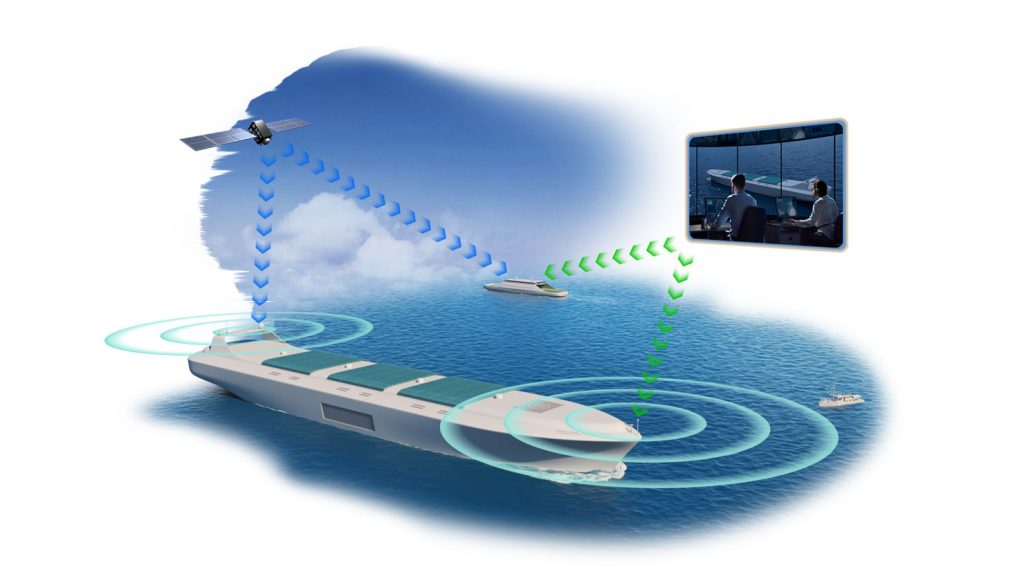
The Nippon Foundation has assembled and made a decision to fund five consortia to conduct verification testing for unmanned ship navigation. Each consortium is to begin verification testing by the end of fiscal 2021 (March 2022), with a target of implementing autonomous shipping by 2025.
Background and issues to date
Verification testing for autonomous driving is currently focused on the automotive sector, and there has been almost no development in the field of autonomous ship navigation because of technological issues including telecommunications infrastructure between ships and land and the difficulty of instantaneously avoiding obstacles, as well as the economic aspect of the huge cost of development.
At the same time, Japan possesses some of the world’s most advanced technologies in areas including the internet of things and artificial intelligence, meaning that cooperative development by multiple private-sector companies with these capabilities could bring about rapid advances in technological development for unmanned ship navigation. Acting as a hub, in October 2019 The Nippon Foundation solicited proposals for joint technological development for verification testing of unmanned ship navigation, and decided on five consortia to move forward with the testing.
Overview
The following five consortia, representing roughly 40 companies and organizations, will participate in the project. This verification testing will be the world’s first attempt using large ships over long distances in areas with heavy shipping traffic.
| Project Name | Type of Ship, Overview, Special Features | Consortium Members |
|---|---|---|
| Smart ferry development | 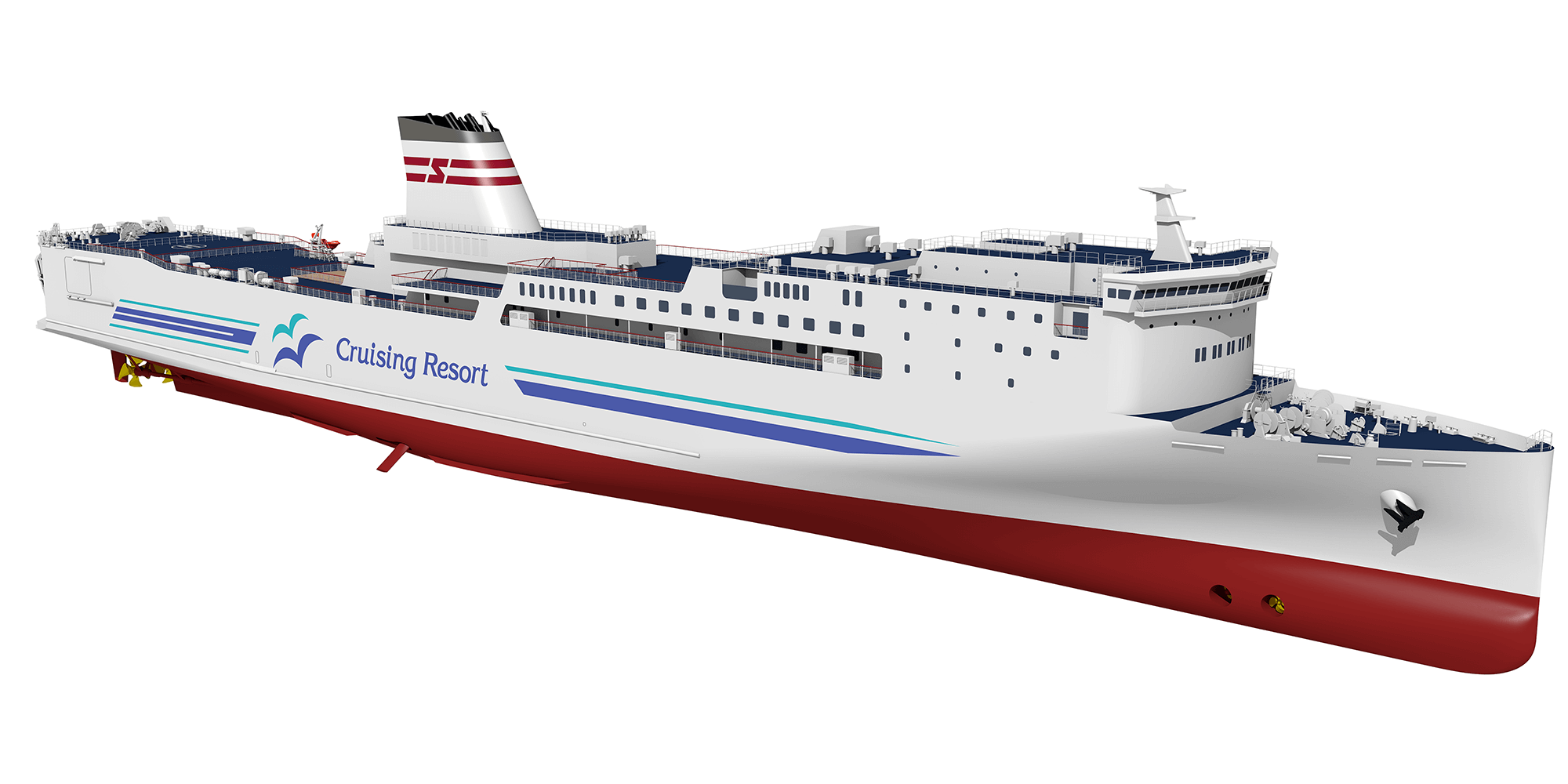 In addition to autonomous navigation including departing and docking of a large coastal ferry, the consortium will confirm the effect of strengthened monitoring in detecting engine breakdowns in the future. |
Mitsubishi Shipbuilding Co., Ltd., and 1 other |
| Autonomous navigation at Sarushima, Yokosuka | 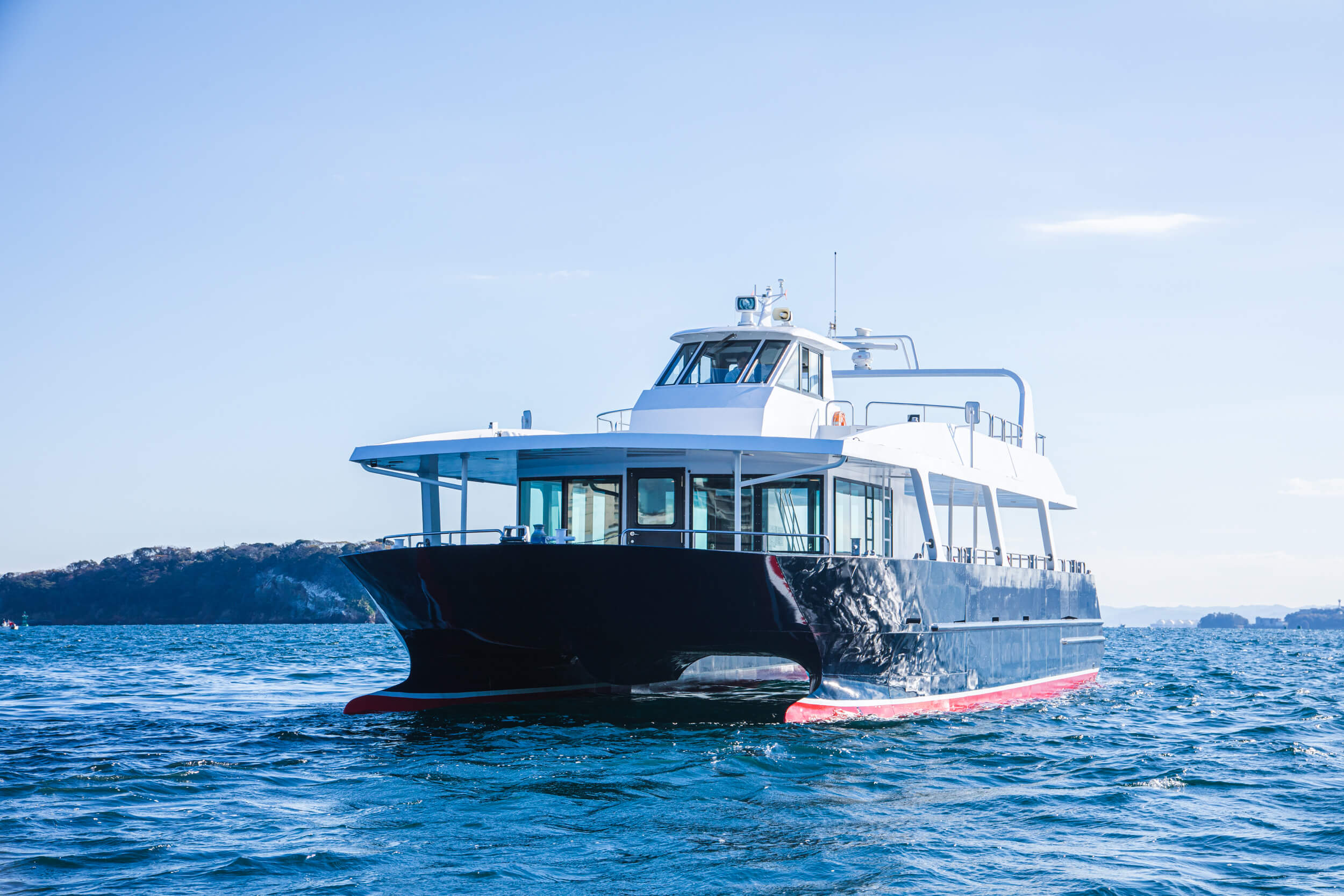 The consortium will develop technologies for fast, inexpensive, unmanned navigation of existing small vessels and conduct verification on the route between Mikasa Pier, Yokosuka, and the island of Sarushima, to realize autonomous navigation technologies for a broad range of small vessels. |
Marubeni Corporation and 3 others |
| Creating the future of unmanned navigation: Grand design drawn by diverse specialists | 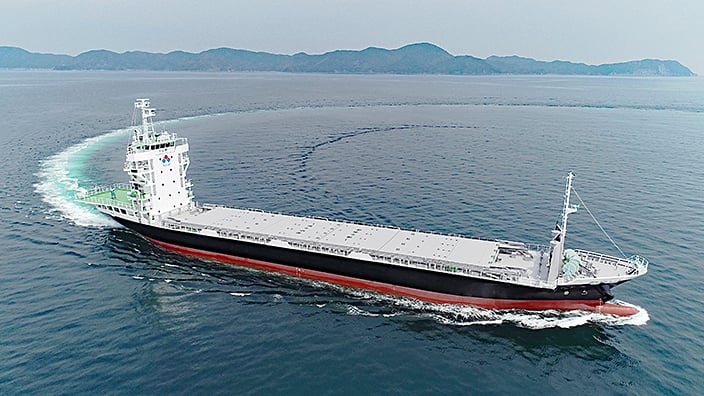 Using open collaboration, the consortium aims to achieve a “new age domestic logistics society” supported by unmanned navigation, created by a diverse group of specialists with a wealth of international experience in autonomous navigation, through verification testing using container vessels between Tokyo Bay and Tomakomai, Hokkaido (tentative). |
Japan Marine Science Inc. and 21 others |
| Verification testing of unmanned technologies using coastal container vessels and car ferries | 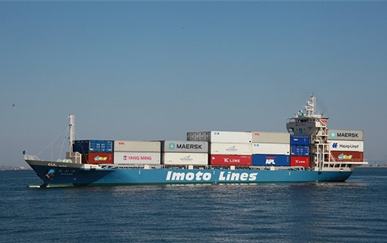 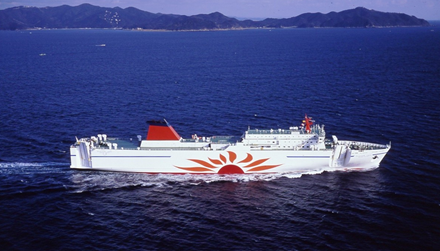 The consortium will develop technologies to address two urgent issues facing the coastal shipping industry –averting marine accidents caused by human error, and reducing labor requirements in the face of an aging, contracting maritime workforce – with autonomous navigation through verification testing using container vessels and car ferries. |
Mitsui O.S.K. Lines, Ltd. and 7 others |
| Development of unmanned amphibious driving technology: Yanba Smart Mobility |  The consortium will conduct open-source development for unmanned driving of amphibious vehicles at the lake created by the Yanba Dam on the Agatsuma River. The vehicles will enter the water from land, self-navigate on the water, and return to land. |
ITbook Holdings Co., Ltd. and 4 others |
Expected benefits of unmanned navigation
With more than half of ship crew members over the age of 50 and human error said to account for 80% of maritime accidents, the realization of unmanned navigation is expected to help resolve the issues of personnel shortages as ship crews age and maritime accidents caused by human error.
In addition, Japan can expect an annual economic effect equivalent to 1 trillion yen if unmanned navigation can be realized and comes to account for 50% of shipping by 2040.
Schedule going forward
Verification testing is to begin by the end of fiscal 2021 (March 2022), with the realization of autonomous shipping targeted by 2025.
Going forward, The Nippon Foundation also plans to provide support for aspects of unmanned navigation other than verification testing. The collective name for these efforts going forward is MEGURI2040, and will use the following logo.
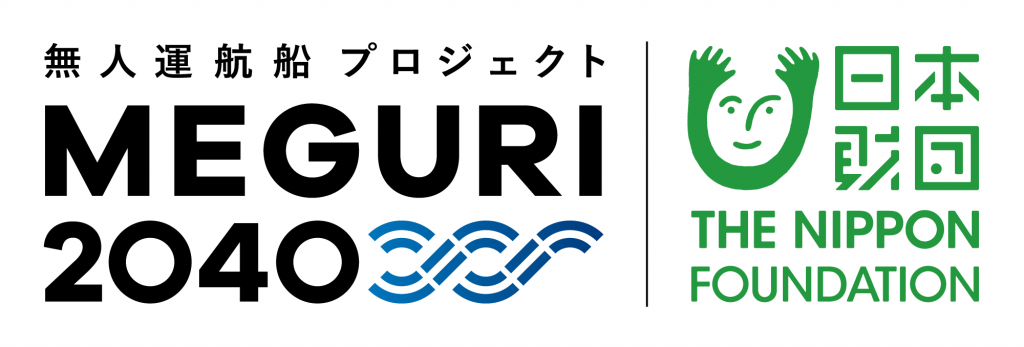
Contact
Public Relations Team
The Nippon Foundation
- Email: cc@ps.nippon-foundation.or.jp



